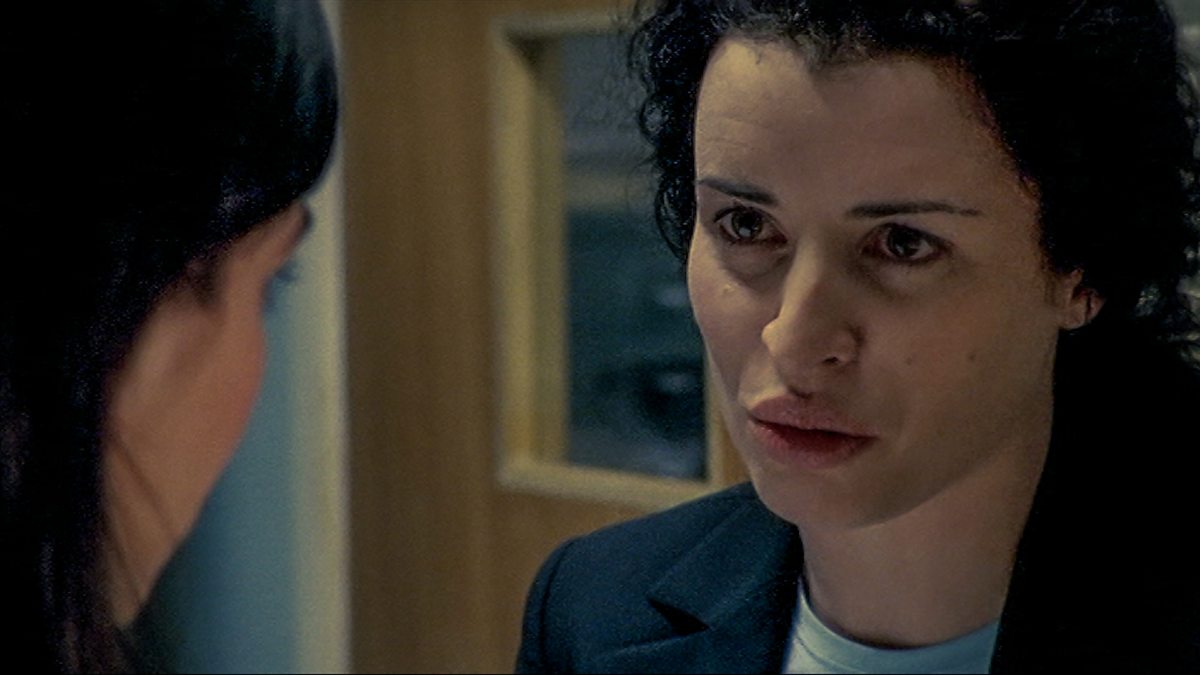
Wolf Hall and Bring Up the Bodies, the first two instalments in Hilary Mantel' s Tudor trilogy, have gathered readers and praise in equal and enormous measure.


Therefore, Mantel appropriates Cromwell’s ‘translating’ capacities, and becomes an author/translator who translates a foreign past into a familiar present, without falling into the trap of ‘domestication’.A two-ebook edition of Hilary Mantel' s bestselling novels: Wolf Hall, winner of the Man Booker Prize 2009, and Bring Up the Bodies, winner of the Man Booker Prize 2012. Interestingly, the metaphor of the translator is used by Cromwell in Wolf Hall and in Bring Up the Bodies where he acknowledges his role as interpreter, and translator of people, languages and history. Not only is Mantel a resurrectionist, but also a translator, since she renders her proposal of Cromwell’s life and political achievements available for the reader, transposing the sixteenth-century character into a fascinating hero, who believes in education and justice, and leaves an imprint on history. Thus, to conjure up the dead is Mantel’s main project in Wolf Hall and Bring Up the Bodies (and in the last novel of the trilogy, The Mirror and the Light, expected to be released in 2015), a project which has been we 11-received by readers and critics alike.

In this sense, Mantel acts as a resurrectionist, or a medium, because she channels communication between the Tudor world and today. In Wolf Hall (2009) Hilary Mantel breathes life into the character of Thomas Cromwell and centres on his rise to power, from being a lowborn blacksmith’s boy to Cardinal Wolsey’s secretary and lawyer, and later Henry VIII’s minister and adviser.1 In Bring Up the Bodies (2012), Mantel continues her project of rescuing Cromwell from obscurity, but also pays heed to Anne Boleyn, whose protean figure has been the subject of much interpretation.


 0 kommentar(er)
0 kommentar(er)
